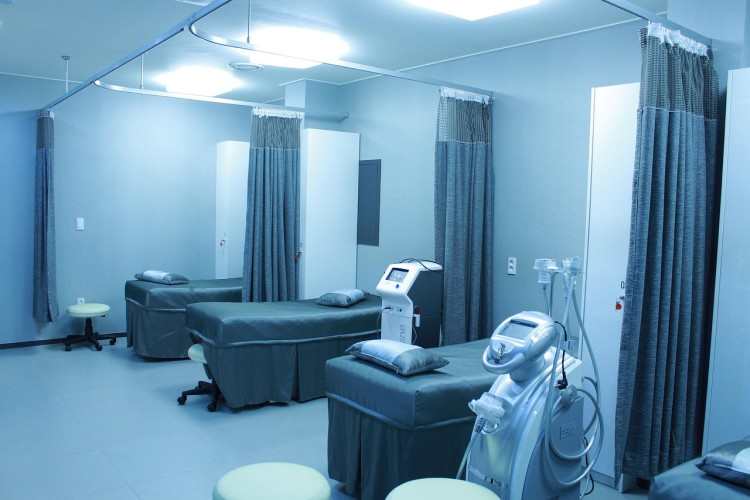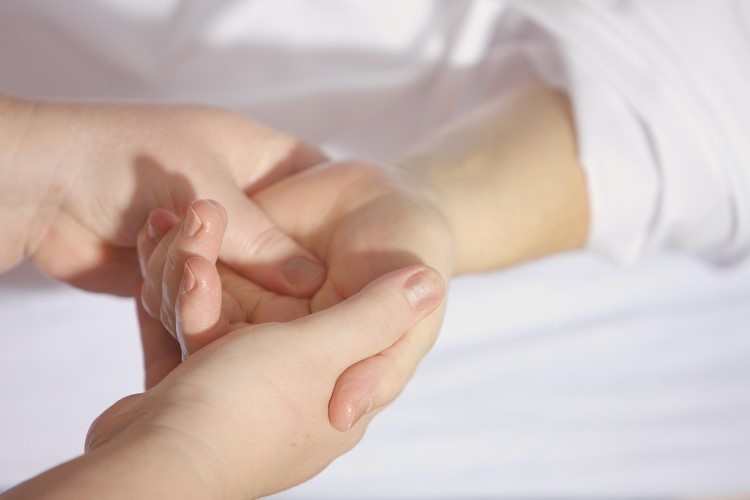
Many patients with posture problems have waited for damage to organ function; such as cardiopulmonary insufficiency, urinary difficulty or leakage, lower limb circulation dysfunction, and so on, to be discovered. This is not an exaggeration; in recent years there have been more and more studies of this type, and the evidence has become clearer.
One study showed that the severity of hunchbackedness in women was directly proportional to the decline in lung function, with women with hunchbacks losing an additional 6.3 ml of lung capacity per year, which is equivalent to that caused by smoking 15 cigarettes per day. Another study found that the physical problems associated with looking down at a smartphone for more than two weeks in healthy individuals can lead to a decline in several key indicators of lung function.
If you know the right way to address these minor issues now, you won't have to suffer bigger health problems in the future.
If posture is so important, how do we manage it? When is the right time to manage it? Since posture is so important, shouldn't everyone undergo screening, find the problem, and manage it in a hurry?
Let me clarify one thing here, the goal of postural management is not a perfect posture. Because against the standard posture, your joints on both sides should be completely symmetrical, your spine to pelvis should be completely aligned vertically between your legs, and all your joints should be aligned and standardized. Generally speaking, a healthy person will have more or less suboptimal posture and not all posture problems need to be managed.
So when do you need to manage it? The core timing is when you feel uncomfortable and your function is impaired.
This discomfort, which is generally related to chronic pain, even if it's mild, needs to be managed because poor posture has caused stiffness and even inflammation in your muscles for the pain to occur. There is also impaired function, which generally occurs after the pain has occurred, but it can also be due to chronic pain that the body has adapted to and doesn't feel the pain anymore. For example, if the function of the joints and breathing mechanics are compromised, that needs to be managed as well.
What specific groups of people need management? To give a few examples, for example: arthritis sufferers, sedentary people with poor posture, leading to hunching, shoulder and neck pain, low back pain, sports injuries, and a lot of repetitive-motion manual labor workers.
Serious postural problems need to be corrected by a rehabilitation specialist, but research has found that 95% of postural problems can be adjusted through self-training.
LATEST POSTS
- 1
 The most essential way to correct any poor posture is simply strength training
The most essential way to correct any poor posture is simply strength training - 2
 Three Types of Cold and Flu Medicines to Keep at Home
Three Types of Cold and Flu Medicines to Keep at Home - 3
 "The Water Dripping Through Stone" Principle: Incorporating Exercise into Your Lifestyle
"The Water Dripping Through Stone" Principle: Incorporating Exercise into Your Lifestyle - 4
 Electric Toothbrushes: 5 Key Benefits You Should Know
Electric Toothbrushes: 5 Key Benefits You Should Know - 5
 How to Prepare for Viral Infections?
How to Prepare for Viral Infections?
 What’s the Best Average Weekly Sleep Duration?
What’s the Best Average Weekly Sleep Duration? How Sedentary People Can Avoid Long Sitting
How Sedentary People Can Avoid Long Sitting How to Select Thoracic Spine Protection Tools
How to Select Thoracic Spine Protection Tools Skincare Basics: The Skin Barrier
Skincare Basics: The Skin Barrier Vitamin deficiency determines whether the body synthesizes survival or longevity proteins
Vitamin deficiency determines whether the body synthesizes survival or longevity proteins The most important factor dominating your health: your lifestyle
The most important factor dominating your health: your lifestyle The Importance of Correct Calcium Supplementation
The Importance of Correct Calcium Supplementation Vitamin C in Food: Why Do We Still Feel Deficient?
Vitamin C in Food: Why Do We Still Feel Deficient? Reducing Risks Associated with Extended Sitting
Reducing Risks Associated with Extended Sitting













